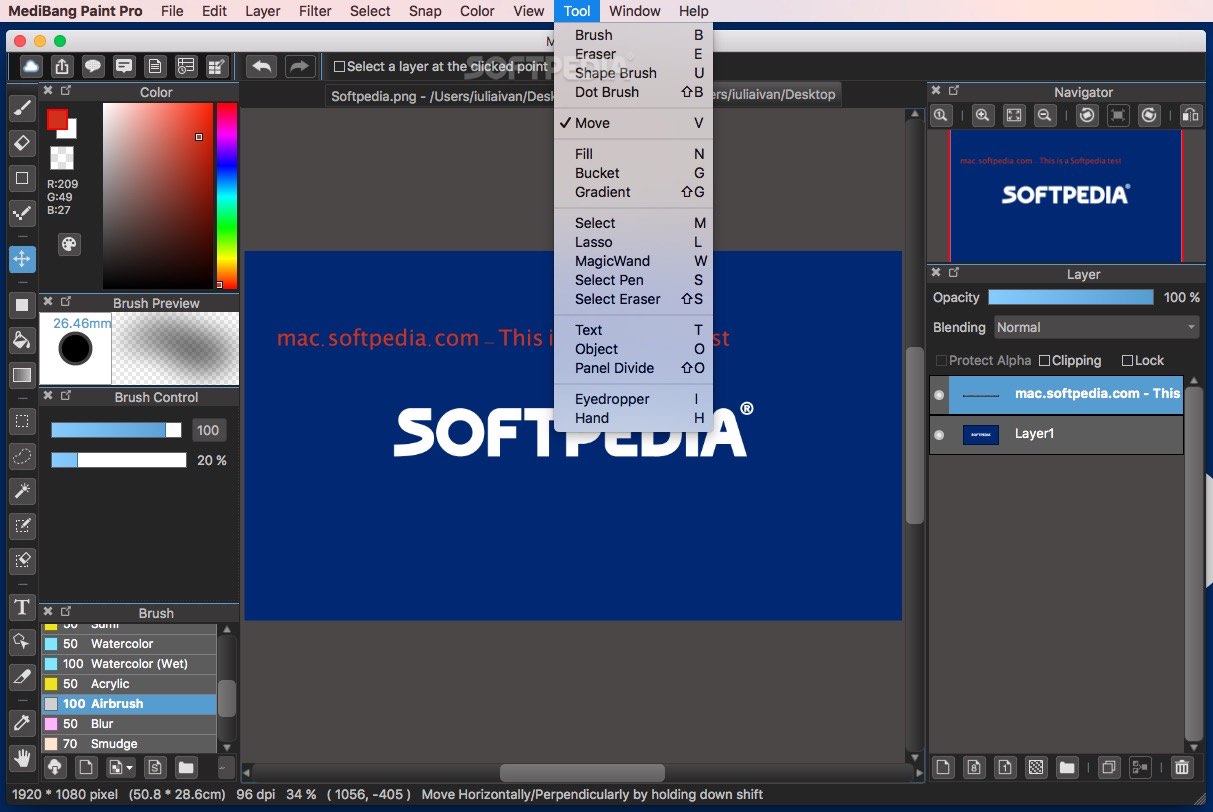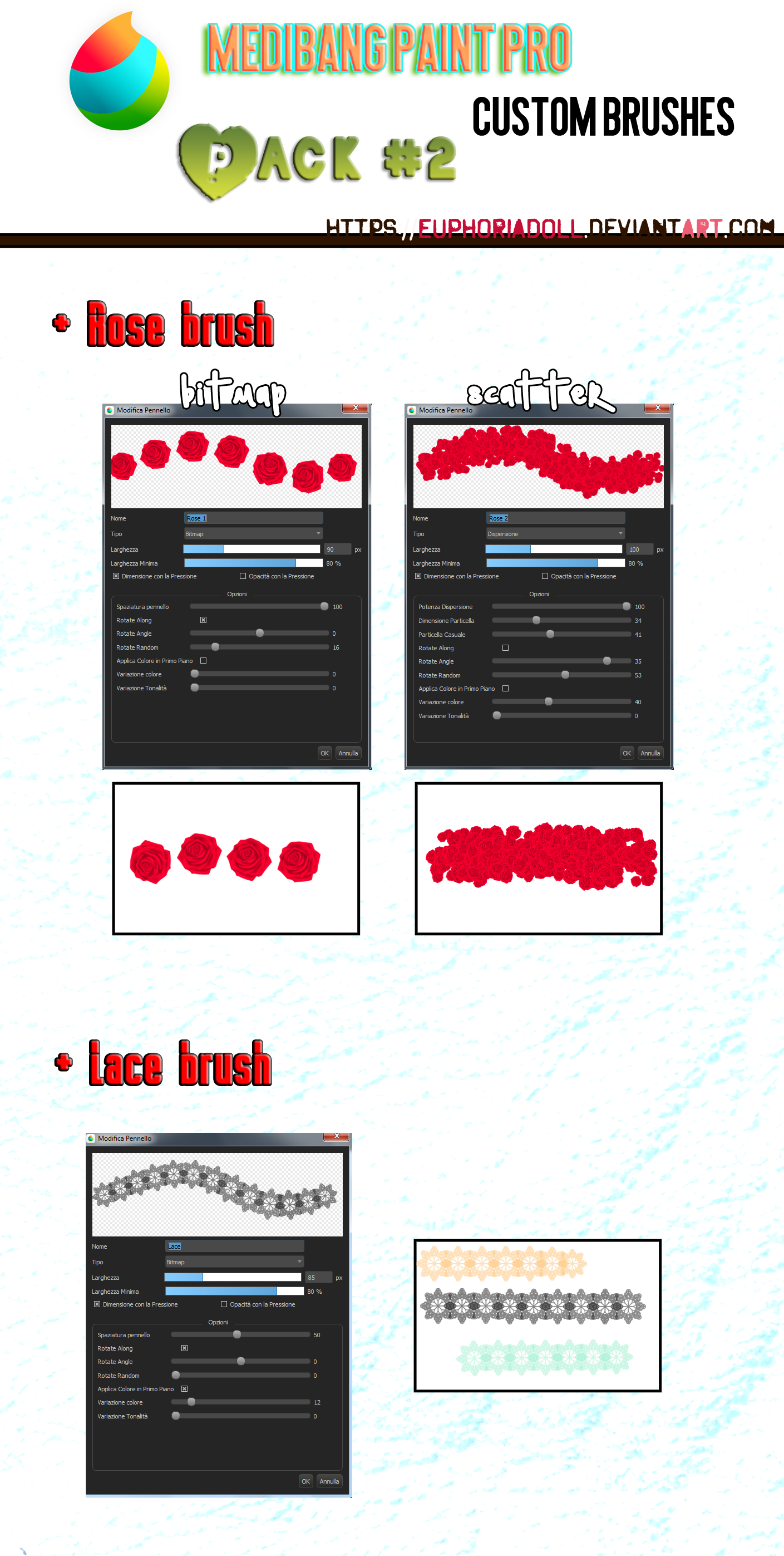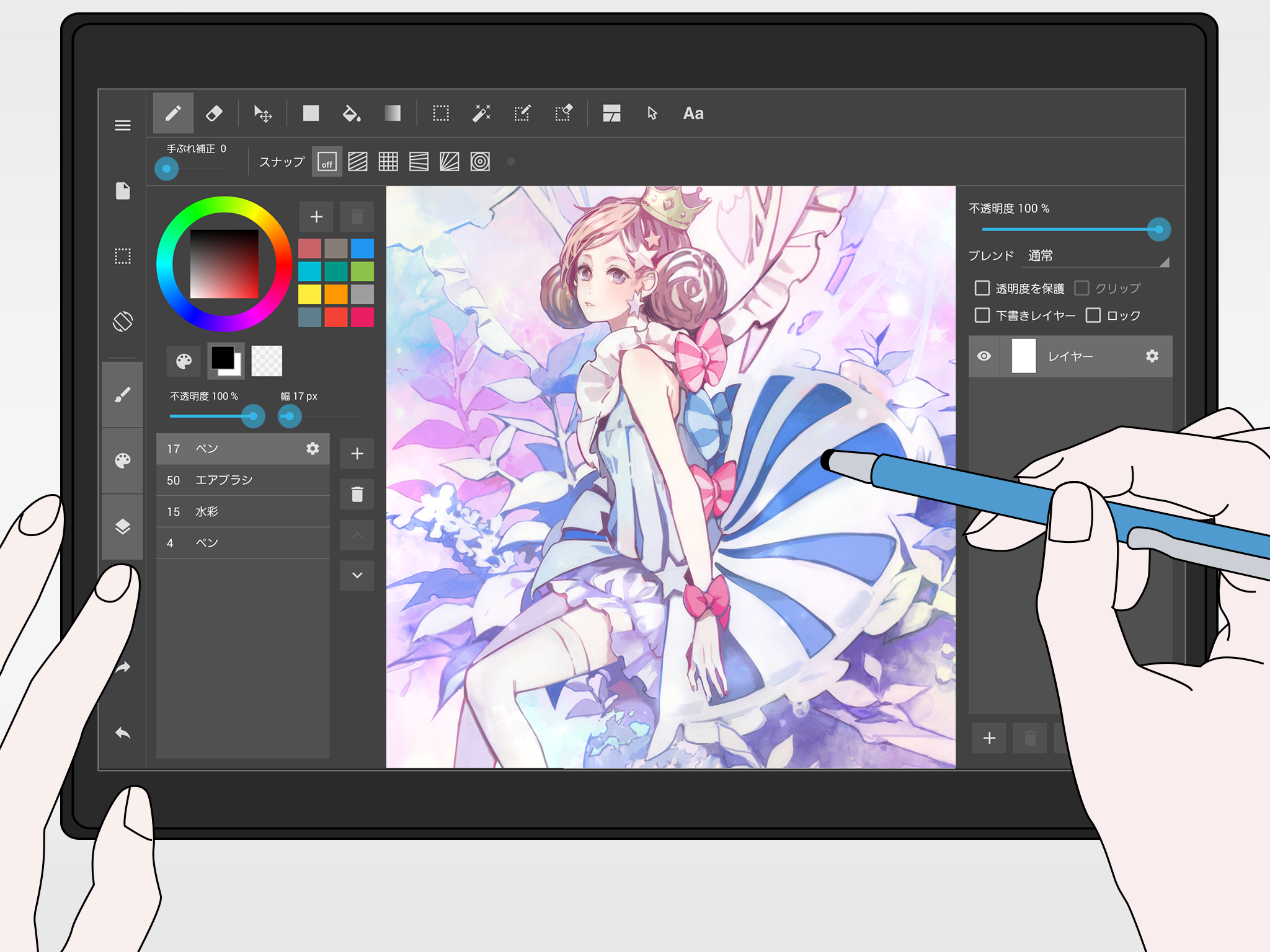


However, I know that quite a few people have problems drawing lightning. Their detailed impact effects are also useful for describing the emotion of surprise. Converting color layer brushes to tones.Using the Stencil layer to adjust the position of tones with patterns or gradients.Adding pattern tones: from the material list.Adding net dot tones: How to use halftone layers.Lightning effects can be applied to any character with an electrical motif! If you can draw them well, you can create illustrations with current of electricity that look as if they are making sparking noises. If you’re a manga reader, you’ve probably noticed that some manga drawings are painted with tiny dots. Screen tones in analogue manga creation are transparent sheets printed with dots as above or various patterns. These are used to be pasted onto manga manuscript paper.īy using them, you can avoid having to draw all the patterns yourself, and the process of creating manga becomes a lot easier.Īnalogue screen tones are the consumables and you have to buy them when you run out (and each tone is a bit expensive!). They also produce a lot of waste in the process of trimming the tones, and they are difficult to modify once they have been glued to the manuscript. With digital painting, you don’t have to worry about tones, waste paper and modifications. Screen tones are divided into two categories: Halftones, which are made up of regular, lined up dots, and Pattern tones, which have patterns or illustrations. The appearance of net dots are defined by the values of its “ Lines (L)” and “ Density (%)”.įor example, the setting “ Lines: 60L, Density: 10%” means that “60 dots in a length of 1 inch (25.4mm), arranged for 10% of an inch (25.4×0.1=2.54mm, 2.54÷60=0.0423mm for the size of each dot)”.


The side length of the orange square in the image above is 1 inch, and the number of dots it contains is 60, as you can see below. If you only change the value of the lines to “ Lines: 30L, Density: 10%”, this means “30 dots in a length of 1 inch (25.4mm), arranged for 10% of an inch (25.4×0.1=2.54mm, 2.54÷30=0.0846mm for the size of each dot)”. The number of dots is reduced by half and the size of the dots is doubled. It looks as if the setting “Lines: 60L, Density: 10%” was enlarged two times, yet its density remains the same. Next, If you only change the value of the density to “ Lines: 60L, Density: 20%”, this means “60 dots in a length of 1 inch (25.4mm), arranged for 20% of an inch (25.4×0.2=5.08mm, 5.08÷60=0.0846mm for the size of each dot)”. In other words, the number of dots doesn’t change, but the size of the dots doubles.


 0 kommentar(er)
0 kommentar(er)
